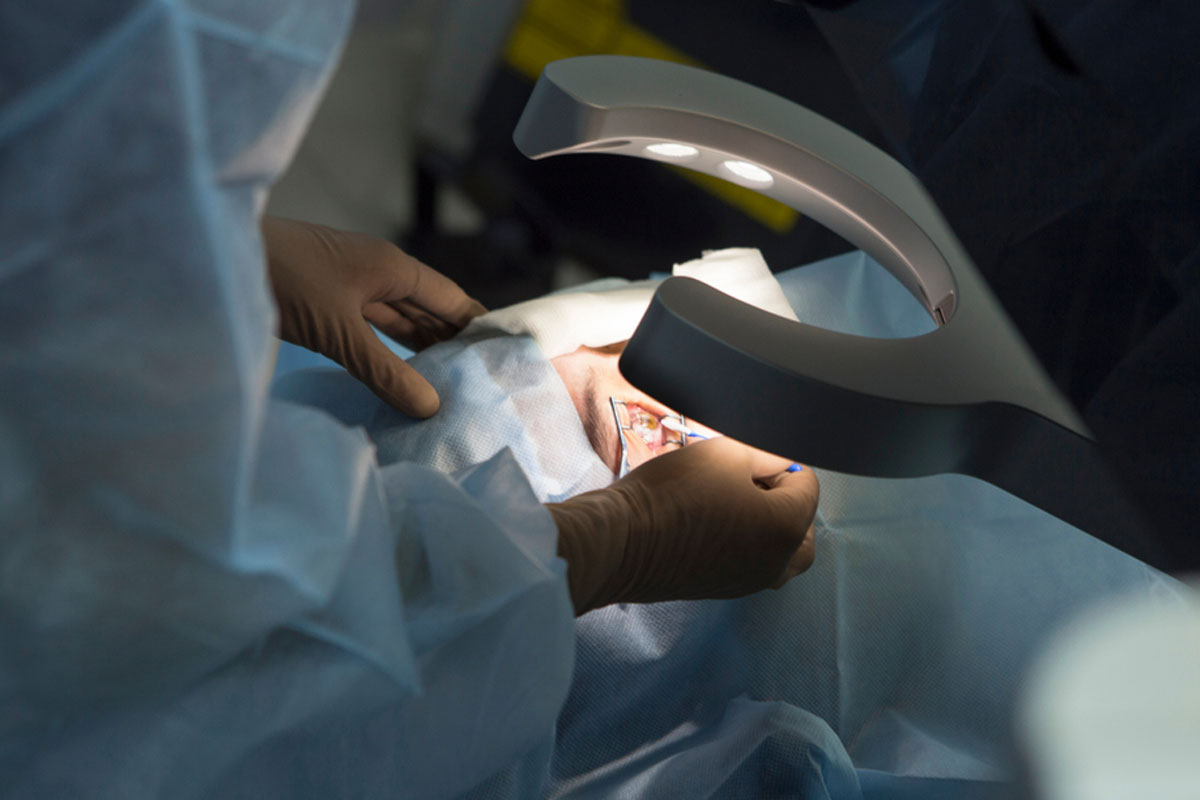
The clinical management of glaucoma is evolving, because of changes in population demographics, a growing understanding of the disease, and, most significantly , advances in both pharmaceutical and laser technology. In last few years, the amount of trabeculectomies performed has decreased by 44% since latanoprost was introduced. Better medical therapy has meant fewer filtering surgeries, despite an aging population.
A new option in glaucoma treatment is micropulse laser trabeculoplasty (MLT). The procedure is performed with the Iridex IQ810 810-nm laser (Iridex Corporation, Mountain View, CA), a multifunctional laser system.
The platform has many other applications for ophthalmology, including Transscleral cyclophotocoagulation, panretinal photocoagulation, iridotomy, and laser suture lysis.
How MLT Works?
MLT is analogous to SLT therein both procedures aim to stimulate the trabecular meshwork while minimizing casualty to the encircling structures. MLT is performed with a slit-lamp adaptor for the Iridex IQ810 laser.
The spot size in MLT is 300 µm versus 400 µm in SLT and 50 µm in argon laser trabeculoplasty (ALT). The larger-spot procedures are easier and faster to perform than ALT.
The energy wavelength and pulse profile of MLT is sort of different from others. ALT relies on continuous-wave energy that causes a major thermal rise and permanently denatures the trabecular meshwork tissue. SLT avoids this problem by means of a really short pulse length. MLT uses a far longer pulse length than SLT, but the temperature rises slowly, because laser energy is delivered briefly microbursts over an extended period of time (milliseconds versus nanoseconds for SLT).
Each time the surgeon depresses the pedal to deliver an individual pulse, what’s actually delivered is actually a 300-millisecond envelope of 150 2-millisecond micropulses. Each micropulse consists of 0.3 milliseconds of laser on time (pulse width) and 1.7 milliseconds of laser off time (pulse interval). The micropulse width allows less time for the laser-induced heat to spread to adjacent tissues, thereby confining the thermal rise to the absorbing targeted trabecular meshwork tissue.
MLT has lowered IOP within the small cohort of patients. As with any sort of laser therapy, some complications are possible, but they’re usually self-limited.
